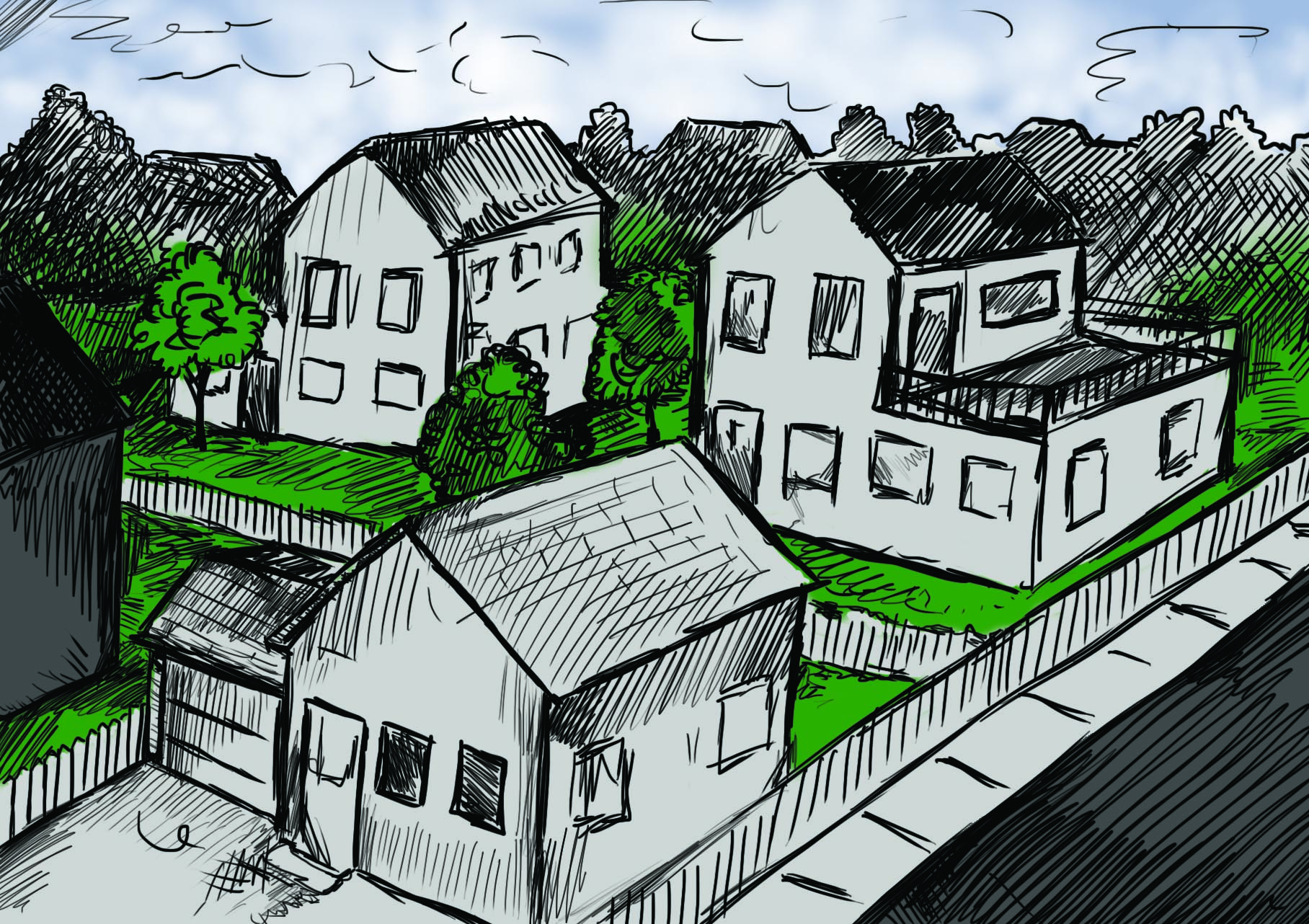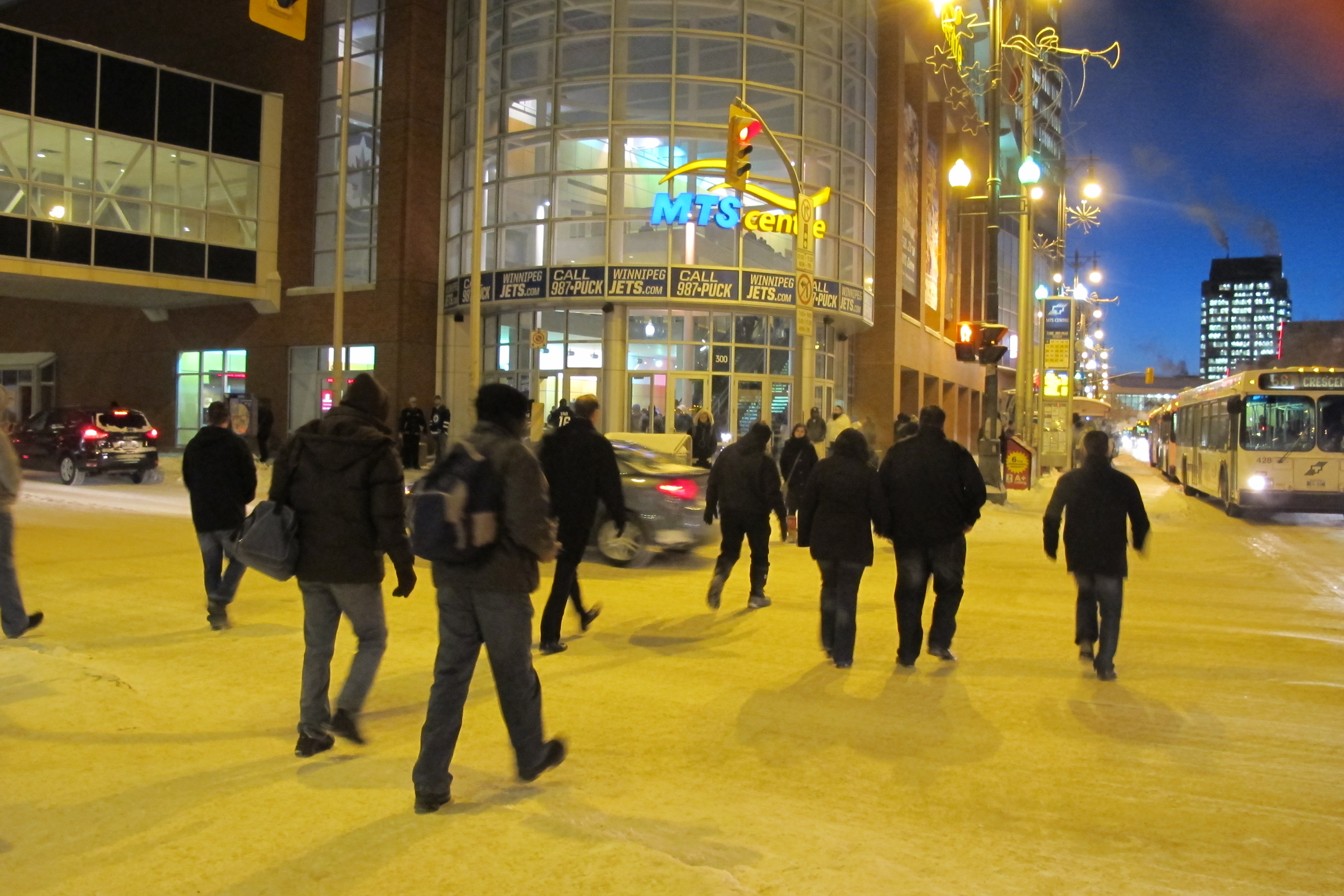As much as it pains me to say this, I always get excited when the City of Winnipeg’s yearly spending budgets get released. The documents, released by the City of Winnipeg on Jan. 9, are the preliminary capital and operational spending plans for the 2013 fiscal year, and a five-year forecast of future spending.
This year, for the second year in a row, the City of Winnipeg has approved a tax increase, this after a 14-year tax freeze from 1998 to 2011. The approved tax hike of 3.87 per cent is slightly higher than the 2012 increase of 3.5 per cent. While I understand that the city needs additional revenue, I do not believe that these flat rate increases are fair to all citizens.
What these flat increases show is that the City of Winnipeg still subsidizes urban sprawl. Why should a condo dweller, whose infrastructure costs to the city are far lower than a McMansion owner in the suburbs, pay the same mill rate and be subject to the same tax increases as the suburbanites? In essence, these higher density units are generating a subsidy to their less dense counterparts in the suburbs. These flat taxes encourage land use patterns that promote sprawl and inefficient urban development.
According to documentation in the Capital Budget, the City of Winnipeg is projected to grow in population over the next 20 years. After a lull in the population levels in the 90s, the City of Winnipeg experienced a boom, growing by 60,000 in 12 years from 1999 to 2011. According to projections, this growth will continue despite our crappy weather and even crappier football team.
Sources peg the increase between 150 and 200 thousand over 20 years. Coupled with this increase is a need for more dwelling units – between 87,000 and 103,000. To put that number into perspective, the new Waverley West subdivision is expected to increase housing stock by 12,000 lots.
If this sprawl continues you can expect the city mill rate to be far higher by the time us students will have to worry about it. In 2012, the two biggest infrastructure projects the city “needed” were the Chief Peguis Trail extension and the Waverley West Arterial Roads, both of which are multi-million dollar projects, not including additional federal and provincial contributions.
Many proponents of the Chief Peguis Trail extension state that the funds made available to the city through the P3 Canada Fund would not have been possible if we didn’t build it, to which I say the funds could have been made available if the city put together a funding request for Rapid Transit.
If the city persists on this path of fringe subdivisions, we will get to a point where our infrastructure funding needs far exceed our means to generate those funds. The city must develop better policy behind their development fees. Until it costs developers a substantial amount more for Greenfield development over infill, they will continue to build these sprawling divisions and create an ever-increasing infrastructure burden on the city.





Winnipeg has always been about being biggest, just a few years ago there was the whole anti IKEA campaign because we did not need compact furniture because there was no small spaces in Winnipeg.. Loved this comment despite our crappy weather and even crappier football team.